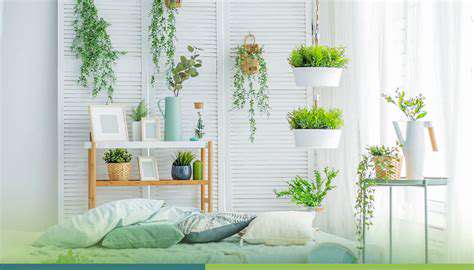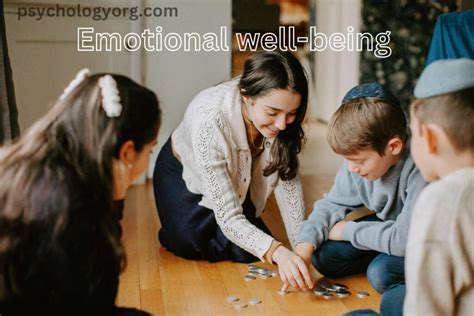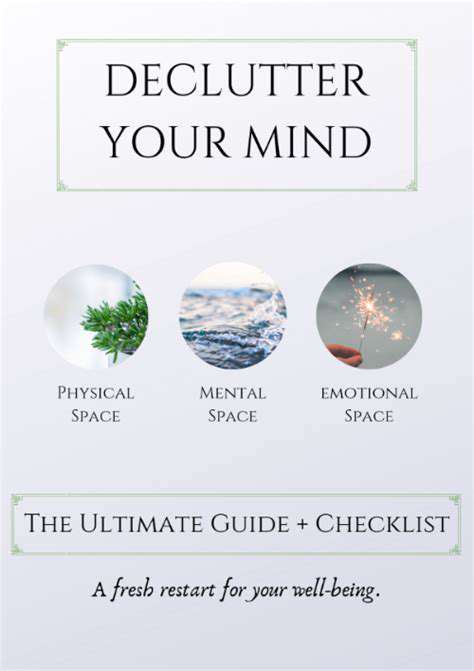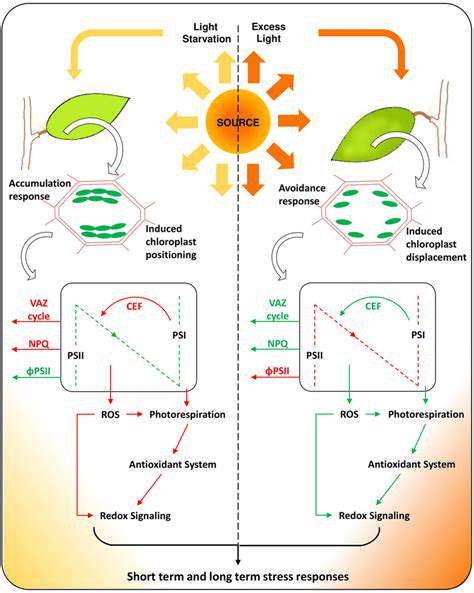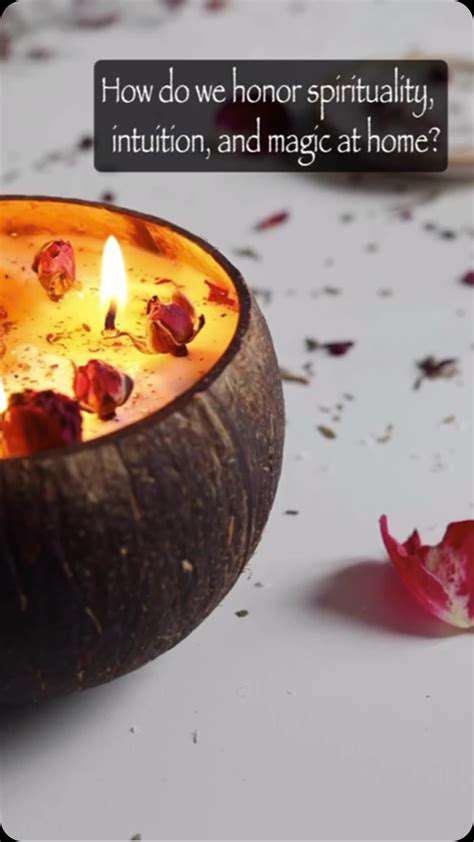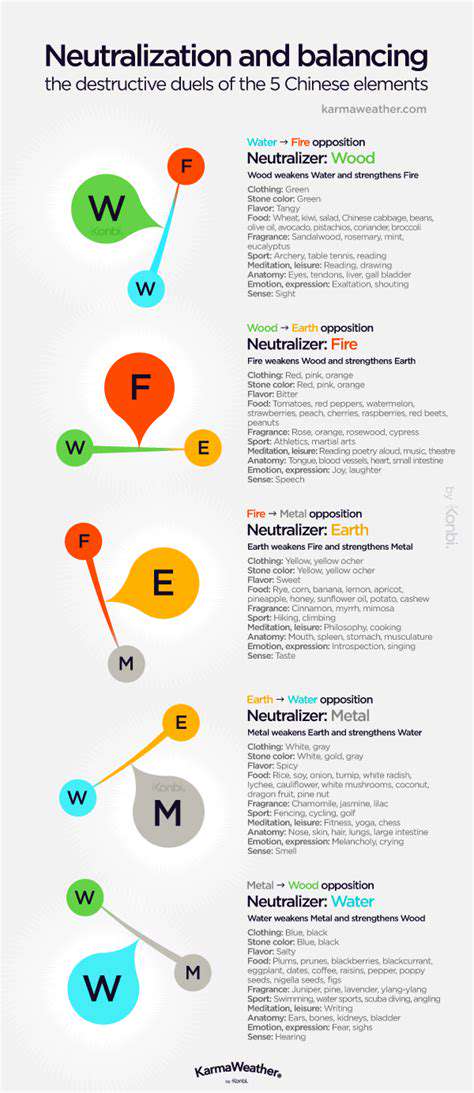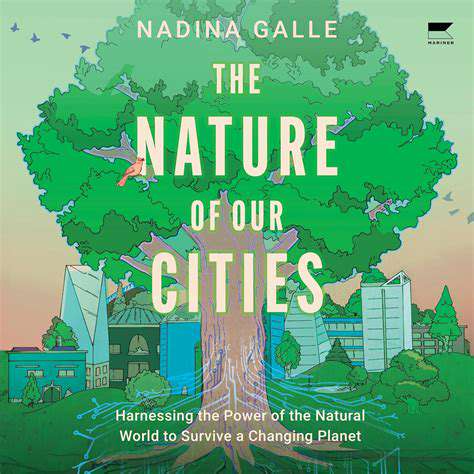Feng Shui for Healing Corner: Restoring Balance
Harnessing the Power of Color Psychology
Hues whisper to our subconscious. For serenity, embrace muted blues reminiscent of still waters or gentle greens echoing forest canopies. Earthy neutrals—think sand or clay—ground the spirit. Avoid jarring tones like electric orange or neon red unless used sparingly as accents.
Layer colors thoughtfully. Pair a dove-gray wall with flaxen linen throws for warmth. Test swatches at different times of day—colors shift with sunlight and artificial lighting. Your ideal palette should feel like a sigh when you enter the room.
Strategic Placement of Healing Elements
Objects carry symbolic weight. A smooth river stone on your desk, a framed mantra, or a single stem in a vase can serve as touchstones throughout the day. Position these intentionally—a meditation cushion facing east, a gratitude journal beside your morning tea spot.
Observe energy flow. Leave breathing room around meaningful items—a crowded altar loses potency. Rotate artifacts seasonally to maintain their significance rather than letting them become visual white noise.
Incorporating Natural Elements
Biophilic design isn’t just trendy—it’s biologically ingrained. A snake plant purifies air while demanding little care. Driftwood bookends or a slate coaster bring raw textures indoors. Even urban spaces can host a terrarium or pressed-leaf artwork.
Maintain living elements diligently—wilted flowers or dusty stones subtly undermine the tranquility you’re cultivating. Let natural materials age gracefully, developing patinas that tell your space’s story.
Sound and Light for Optimal Healing
Ambient noise matters. Try a small tabletop fountain’s burble or Tibetan singing bowls’ resonant tones. For lighting, install dimmers or use salt lamps that glow rather than glare. Blackout curtains ensure restorative darkness when needed.
Promoting Mindfulness through Rituals
Anchor habits to your space. Maybe it’s five minutes of breathwork before checking your phone, or lighting a beeswax candle during evening reflection. Consistency—not complexity—builds transformative practices. Keep a dedicated drawer for ritual items to avoid cluttering surfaces.
Maintaining the Harmony
Revisit your space weekly with fresh eyes. Does that vase still spark joy? Could the armchair benefit from a sheepskin throw? Treat maintenance as self-care—polishing wood surfaces becomes meditative, rearranging shelves sparks creativity. Your space should evolve as you do.
Balancing the Five Elements for Holistic Health
Understanding the Five Elements
This ancient framework maps energy interactions: Wood fuels Fire, Fire creates Earth (ash), Earth bears Metal, Metal enriches Water, Water nourishes Wood. Imbalances manifest physically and emotionally—a metal-heavy room might feel sterile, while lacking water elements could stifle intuition.
Wood Energy in Your Space
Beyond literal plants, introduce vertical lines (striped cushions, tall bookcases) to echo upward growth. Use celery-green textiles or live-edge shelving. Warning: excessive wood energy may cause decision fatigue—balance with grounding earth tones.
Fire Energy for Passion and Vitality
Flickering LED candles provide flame’s dynamism without risk. Display artwork depicting sunrises or autumn leaves. In home offices, a single red notebook boosts motivation without overwhelming.
Earth Energy for Stability and Grounding
Low, square furniture enhances stability. Terracotta planters or a woven jute rug connect to the earth element. Overdo this, however, and spaces feel stagnant—lift with metallic accents.
Metal Energy for Clarity and Focus
Brushed nickel desk accessories or a chrome picture frame sharpen concentration zones. Round shapes complement metal’s precision—try a circular mirror above a workspace.
Water Energy for Intuition and Flow
Reflective surfaces like a console table with a glass top mimic water’s shimmer. Deep navy throw pillows or a black lacquered box channel water’s depth. Place these in meditation corners or creative spaces to enhance fluid thinking.

